Rising Pet Ownership
The pet food market in Europe is experiencing a notable increase in pet ownership, which appears to be a significant driver of market growth. Recent data indicates that approximately 50% of households in Europe own at least one pet, with dogs and cats being the most common. This trend is likely to continue, as more individuals and families view pets as integral members of their households. Consequently, the demand for pet food is expected to rise, with an estimated market value of €30 billion projected for 2025. This surge in pet ownership not only boosts sales but also encourages innovation in product offerings, as consumers seek high-quality and specialized food options for their pets.
Health and Wellness Trends
The pet food market in Europe is increasingly influenced by health and wellness trends among pet owners. As consumers become more health-conscious, they are seeking premium and nutritious food options for their pets. This shift is reflected in the growing demand for organic, grain-free, and high-protein pet food products. According to recent statistics, the organic pet food segment is expected to grow at a CAGR of 10% over the next five years. This focus on health and wellness is prompting manufacturers to reformulate their products, ensuring they meet the evolving preferences of pet owners who prioritize their pets' well-being. As a result, the market is likely to see a diversification of product lines catering to specific dietary needs.
Changing Consumer Preferences
The pet food market in Europe is witnessing a shift in consumer preferences, particularly among younger generations. Millennials and Gen Z pet owners are increasingly inclined towards products that align with their values, such as sustainability and transparency in sourcing. This demographic is more likely to research brands and seek out information regarding ingredient sourcing and production practices. As a result, companies are adapting their marketing strategies to emphasize ethical practices and the quality of ingredients used in their products. This shift in consumer behavior is expected to drive growth in niche markets, such as raw and homemade pet food options, which cater to the desire for personalized and high-quality pet nutrition.
Regulatory Changes and Standards
The pet food market in Europe is significantly impacted by regulatory changes and evolving standards. The European Union has implemented stringent regulations regarding pet food safety, labeling, and ingredient sourcing. These regulations are designed to ensure the health and safety of pets, which in turn influences consumer trust and purchasing decisions. Companies must comply with these standards, which may require investment in quality control and product testing. As a result, the market is likely to see a consolidation of brands that prioritize compliance and transparency. This regulatory environment not only shapes product offerings but also encourages innovation as companies strive to meet the demands of both regulators and consumers.
Technological Advancements in Production
The pet food market in Europe is benefiting from technological advancements in production processes. Innovations such as automated manufacturing and improved supply chain management are enhancing efficiency and reducing costs. These advancements allow companies to produce high-quality pet food at scale while maintaining consistency in product formulation. Furthermore, the integration of data analytics and artificial intelligence in inventory management is optimizing distribution channels, ensuring that products reach consumers more effectively. As a result, the market is likely to witness increased competition, with companies leveraging technology to differentiate their offerings and improve customer satisfaction. This trend may lead to a more dynamic and responsive pet food market.


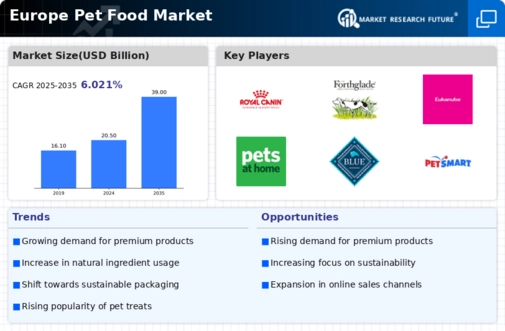

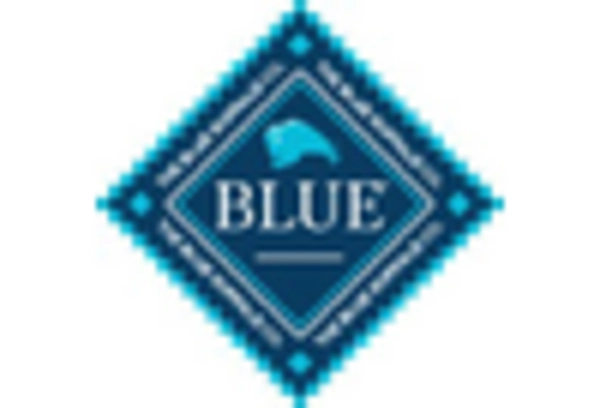

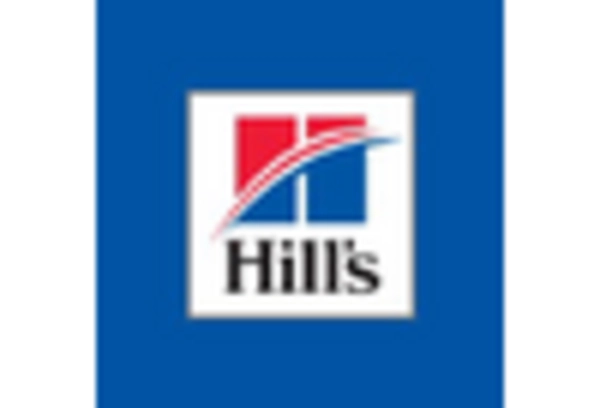
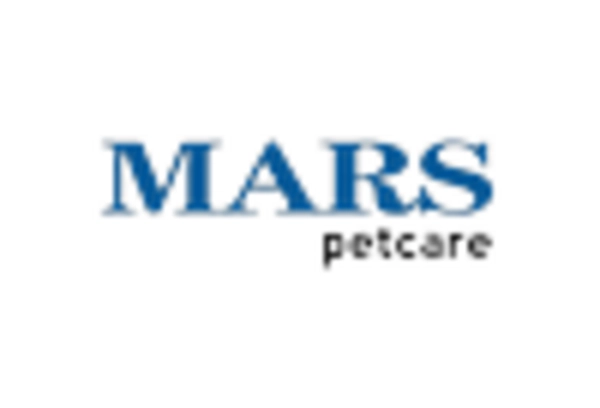
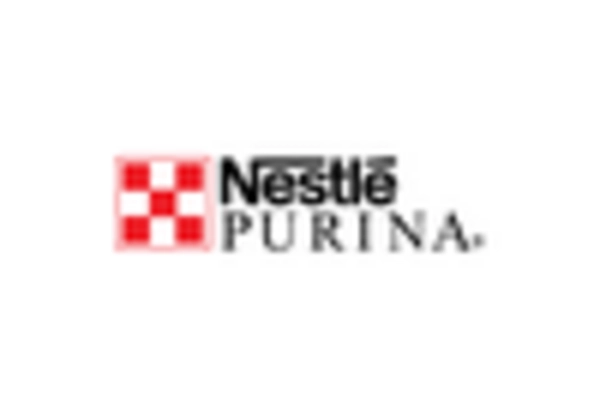









Leave a Comment